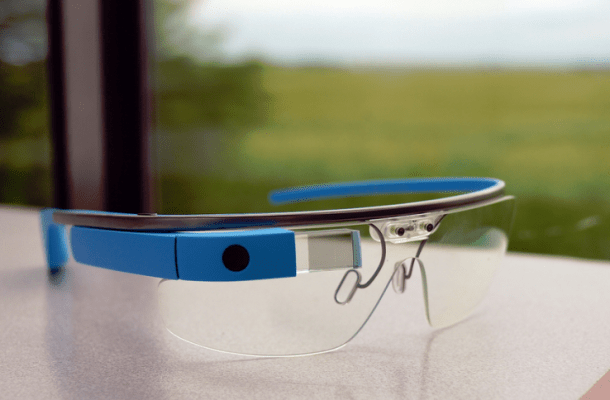Google X director and former head of Google Glass Babak Parviz was onstage at the Wearables Technology Conference in San Francisco this week, and he shared some interesting details about the project (via CNET), its original and its progress so far. The Glass maker notably wasn’t wearing Glass at the show, and admitted that it wasn’t “necessarily the definitive answer” to the question of what’s next for computing platforms, but that it was “one answer.”
Parviz said that he believes Google has made good progress, and called the current version “a nice first step to where we want to go.” But he also conceded that there’s a long road ahead and that the current form factor needs to evolve to become more comfortable and more power-efficient (so it requires less charging time).
Perhaps the most interesting thing that Parviz said was about the origin of Glass. There’s a myth built up and endorsed by Google’s Sergey Brin that Glass was intended to help people disconnect from their smartphone screens and become more engaged in whatever they’re doing at the moment. Brin even once famously said that smartphones “emasculate” their users, a negative outcome Glass was designed to counter.
The former Glass head said the impetus behind Glass was about reducing the time it takes to make and receive results from a search query, from about 10 seconds as it stands on a smartphone to far, far less. Putting the input device and means of retrieving and reading the results directly on the head and in front of the eye seemed like the best way to do that.
This motivation makes a lot more sense than some idea about the “emasculating” nature of smartphones, and it likely helps explain design decisions behind Android Wear, and possibly other upcoming Android hardware, too. Think about the always-listening Moto X, too, and the introduction in Android KitKat of similar system-wide voice queries for Google search when the display is active.
Google’s end goal is not just to anticipate the next big computing platform, but also to make sure that its search product can thrive and grow on said platform. Through this rubric, it’s easy to see why Glass exists and why Android Wear was designed the way it was — with voice taking a pretty primary place in the overall interaction experience.
Via 9to5Google
